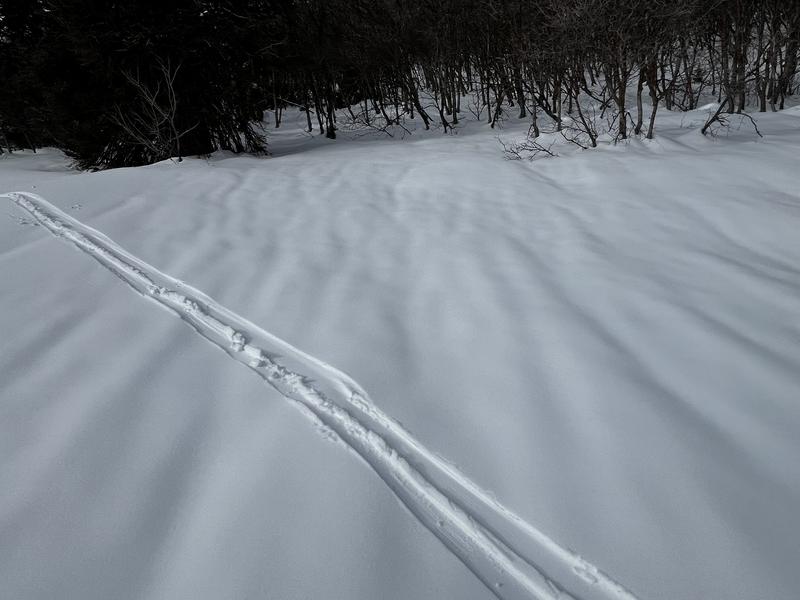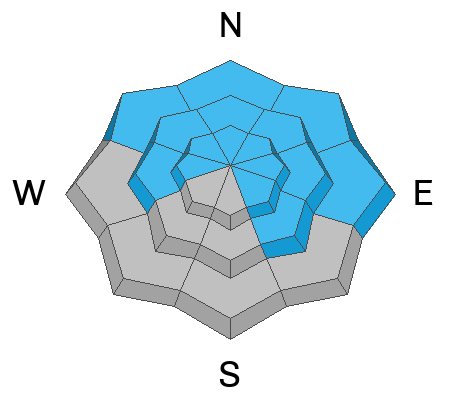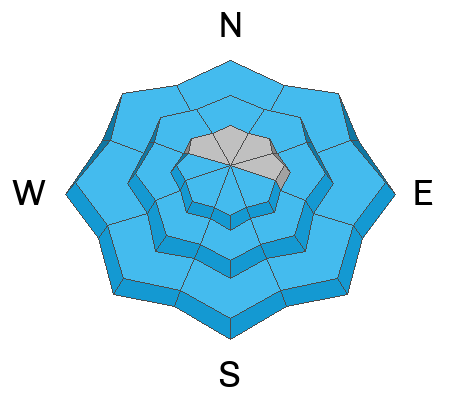Forecast for the Ogden Area Mountains

Issued by Dave Kelly on
Sunday morning, January 28, 2024
Sunday morning, January 28, 2024
The avalanche danger is MODERATE today. Evaluate snow and terrain carefully to identify thin, rocky, steep areas where slab avalanches may fail in a persistent weak layer buried 2-5' deep.
Temperature affected slopes will start off with a LOW danger that will rise to MODERATE throughout the day with warming temperatures. If you start to see wet snow falling off of rocks or trees or are sinking up to your boot tops it's time to get off the slope.
Temperature affected slopes will start off with a LOW danger that will rise to MODERATE throughout the day with warming temperatures. If you start to see wet snow falling off of rocks or trees or are sinking up to your boot tops it's time to get off the slope.

Low
Moderate
Considerable
High
Extreme
Learn how to read the forecast here






